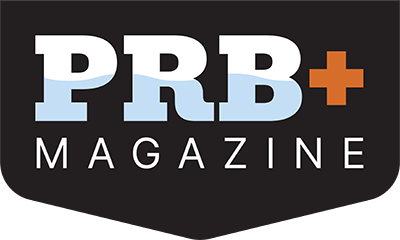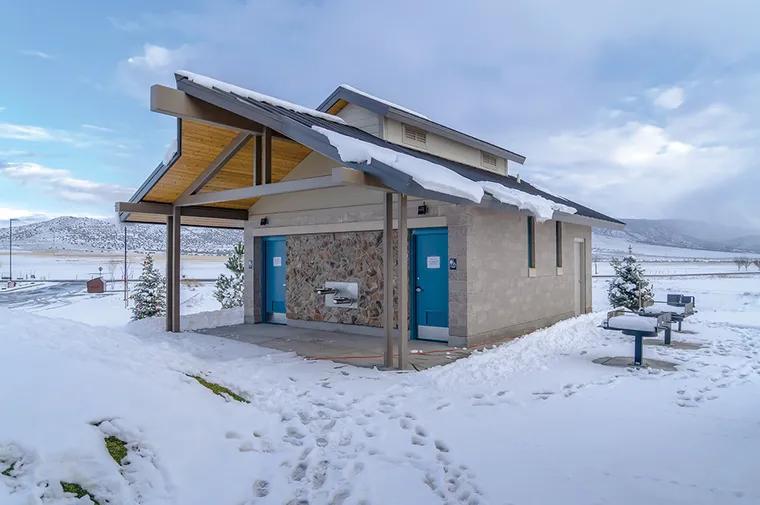Preparing buildings for the winter
By Eric Spacek
Though the coldest months haven’t yet arrived in many states, it’s important to prepare facilities for winter weather. When park leaders hear other organizations complaining about frozen pipes and expensive repairs this winter, they’ll be glad they were proactive.
The following are winterization strategies that parks, recreation, and camp facilities should employ to keep buildings in good repair.

